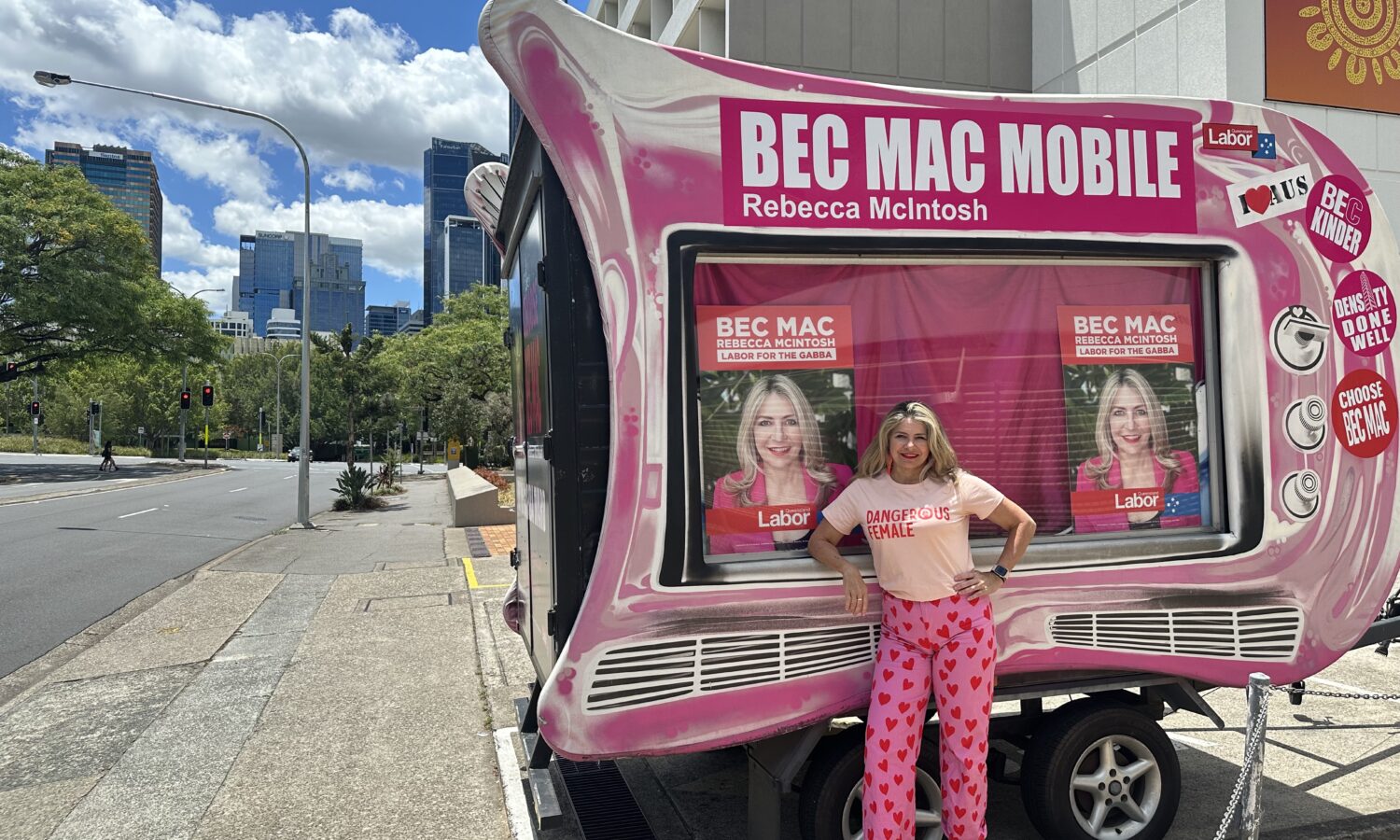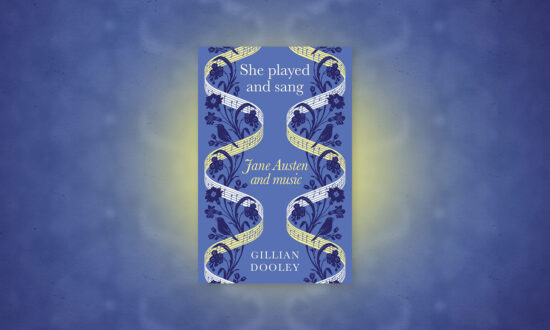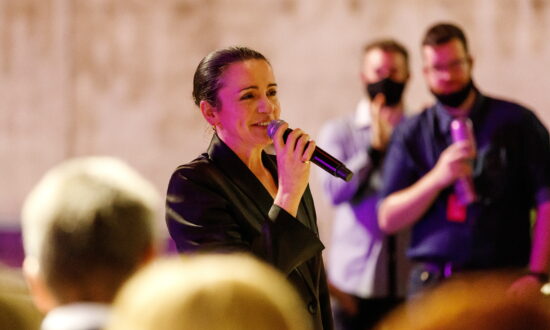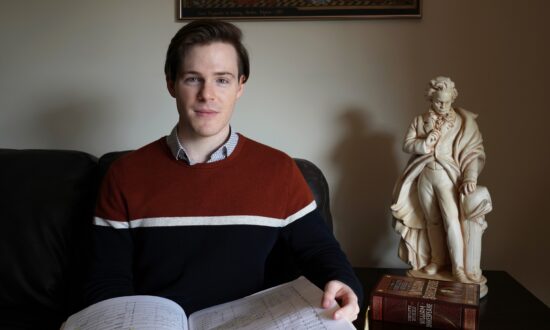Revitalising a city requires a multifaceted approach encompassing economic growth, cultural development and social cohesion. I am deeply passionate about the arts and its power to transform cities like Brisbane.
My recent journey into politics confirmed for me that Brisbane and its estimated population of 2.54 million people can become a new world city.
Brisbane can be a world leader in environmental sustainability, a city designed to be safe for women and children, a city that can reduce homelessness and harness the power of arts and culture to drive transformational change.
The pivotal concept that inspired my decision to run for Brisbane City Council was the idea of being a “trimtab” – a small yet influential force that can steer larger entities in the right direction. In the context of a city-wide arts policy, this means recognising the immense potential of the arts to drive economic growth, foster cultural identity and create safer and more inclusive urban spaces.
As the Labor candidate for The Gabba Ward in the recent Brisbane City Council elections I didn’t win but I had the incredible opportunity to co-develop a progressive place-based arts, culture and 24-hour safer cities policy, one I believe to be crucial for our city as we move toward the 2032 Olympic and Paralympic Games and the legacy beyond the games.
The arts, culture and 24-hour safer cities policy has been propelled into the conversation. I’ve always believed that the identity of a city lies in its storytelling, and we would do well to invest in our unique cultural identity as a way of developing the story of our home.
Brisbane possesses a distinct character that is often overlooked in how we talk about ourselves. It exudes a relaxed sensuality stemming from its subtropical surroundings, a penchant for the bold and the colourful, a culture driven by contemporary First Nations artists and influenced by Asian Pacific geography, a rock’n’roll heart matched by its queer fabulousness and radical underbelly.
A place where innovation is embraced, female leadership is valued and diversity celebrated.
It is imperative that Brisbane acknowledges and celebrates this rich cultural tapestry, positioning our city as a global cultural destination that attracts visitors eager to immerse themselves in our unique story.
The value of the arts goes far beyond storytelling. What needs to be understood is its impact on local economies and its ability to revitalise places like strip shops and small businesses, and how this will become a major source of sustainable careers in the creative sector.
The years of work I have done with Carmel Haugh and Chrysalis Projects pilot study provided a formidable evidence base for innovating cultural policies and programs and diversifying revenue streams for the arts sector.
The Labor arts policy built on this work for a a city-wide revitalisation of Brisbane’s creative arts scene by investing in local artists and securing funding for community festivals and cultural events, a place-based approach developing a small precincts strategy, connecting artists with local small businesses through a targeted grants program highlighting the diverse and unique offerings in both suburban pockets around the city and the CBD.
On top of this, it would aim to address the lack of affordable “making spaces” for creatives and assist in finding these opportunities in light industry precincts.
The biggest challenge to the arts and culture sector is the lack of attention given to the night-time economy. It is obvious to many, especially the 33 per cent of people who are night workers, that this city isn’t designed for them. They feel unsafe leaving work, they can’t go out to a café or restaurant to catch up with friends, they can’t go grocery shopping after 9pm and many don’t have access to safe reliable public transport.
Changing the functions of spaces over the 24-hour cycle into creative spaces or establishing night-time child-care places, extending dining and shopping hours and establishing a comprehensive round-the-clock public transport strategy are a few of the ways we can integrate a night-time economy into our day-to-day.
Moreover, a thriving arts scene contributes to a safer city. By activating public spaces with cultural events and artistic interventions, we foster a sense of community and inclusivity, making these spaces more welcoming and secure, especially for women and marginalised groups.
Creative placemaking and innovative public art policies play a crucial role in reshaping urban environments and promoting social cohesion.

Get InReview in your inbox – free each Saturday. Local arts and culture – covered.
Thanks for signing up to the InReview newsletter.
To achieve this vision, we need collaboration between local and state governments, industry leaders and community stakeholders. We need a clear, intersectional strategic plan, championed by a Mayoress of The Night with the authority to drive change. Cities around the world are developing nightlife policies and investing in night-time governance.
Montreal has a Night Council, New York has an Office of Nightlife and a Night Mayor, San Luis Potosi in Mexico has night ambassadors and London has a Night Czar. Why not Brisbane? We need a Mayoress of The Night dedicated to supporting nightlife initiatives.
A city-wide arts policy, guided by industry expertise and community engagement is not just desirable but imperative for the revitalisation of Brisbane and its arts industry. By investing in the arts, embracing our cultural identity and creating safer and more inclusive urban spaces, we can unlock the full potential of our city and leave a lasting story for generations to come.
Bec Mac (Rebecca McIntosh) of POPSART and Chrysalis Projects recently ran as the Labor candidate for The Gabba Ward in the Brisbane City Council election.
Support local arts journalism
Your support will help us continue the important work of InReview in publishing free professional journalism that celebrates, interrogates and amplifies arts and culture in South Australia.
Donate Here




